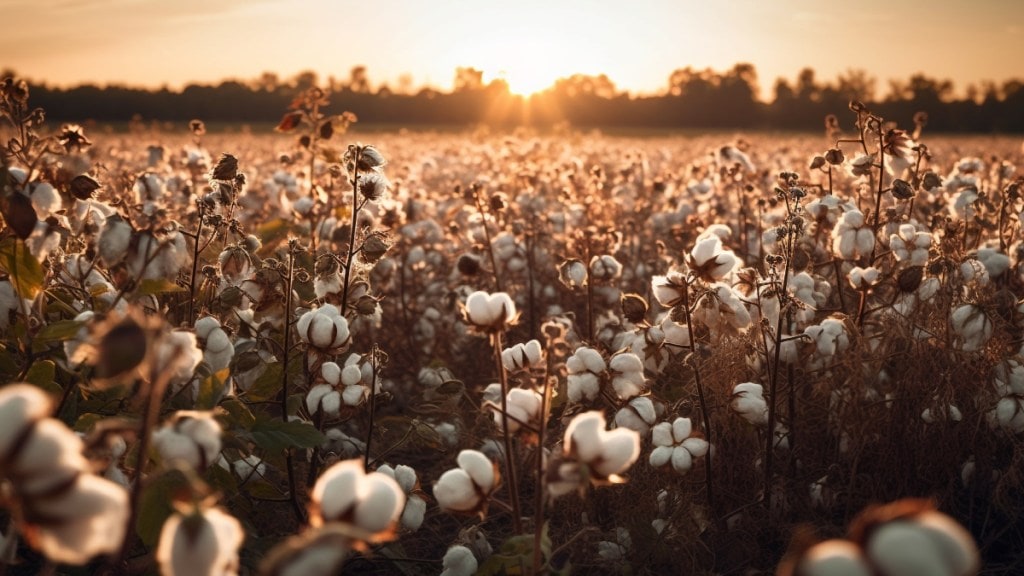Aimed at boosting cotton productivity, the agriculture and textile ministries would be discussing with the ministry of environment and forest for allowing the next generation of genetically modified (GM) herbicide-tolerant Bt (HtBt) cotton variety, agriculture minister Shivraj Singh Chouhan said on Friday.
“We will talk to the environment ministry on allowing HtBt cotton variety besides taking several initiatives such as promoting high density plantation method for boosting cotton output,” Chouhan said after a day-long consultation with key stakeholders including farmers, scientists and textile industry representatives at Coimbatore.
Following Friday’s meeting, Chouhan said all measures to introduce new varieties and farm practices would be initiated to ensure that by 2030 India does not have to import cotton to meet its domestic needs.
“We will set up a road map to ensure that India’s cotton productivity matches the global yield by 2030,” Chouhan said. India has an average cotton yield of 445 kg/ha against the global average of above 800 kg/ha.
The meet was also attended by textile minister Giriraj Singh. Singh identified a couple of factors for low productivity. They include issues such as a rise in usage of non-approved hybrid seeds, lack of new seed varieties from public funded research institutes, spurious seeds, development of resistance in insects against pesticides and lack of approval of new generation of Bt cotton after 2006.
Though transgenic Bt cotton is being cultivated in the country after obtaining approval in 2002, the herbicide-tolerant HtBt cotton could not receive the mandatory nod from genetic engineering appraisal committee (GEAC), despite long-pending demand from the cotton farmers.
As a result, its illegal variant is being used without quality checks in many cotton-producing states such as Gujarat, Maharashtra, Andhra Pradesh, and Telangana.
Meanwhile, sources said an expert committee, appointed by GEAC to review biosafety data of transgenic cotton, has submitted a favourable report on HTBt cotton variety. However the environment ministry will take a final call on its commercial cultivation.
HTBt is the next generation of GM cotton and allows the plants to resist the spray of commonly applied herbicide glyphosate for weed control.
Since the introduction of Bollgard-I, which was the country’s first genetically modified (GM) crop approved for commercialisation in 2002, followed by Bollgard II, a pest-resistant variety which protects the crop from bollworm in 2006, the GEAC has not approved any new varieties.
Since its introduction over two decades ago, Bt cotton has led to a dramatic rise in India’s cotton yield and,in turn, its production. However, over the last few years, the yield has come down.
Currently, over 90% of cotton area is under the hybrid Bt cotton.
According to the agriculture ministry, cotton production in 2024-25 was estimated to decline to 30.69 million bales(170 kg each), a decline of 5.62% from the previous crop year. In the 2019-20 season, cotton production was 36 million bales while its peak output was reported at 38 million bales in 2013-14.
“In recent times, the productivity has declined further due to the TSV virus affecting BT cotton. Cotton production is declining rapidly, putting our farmers in acute distress,” a statement from the agriculture ministry said.
While India is one of the leading cotton producers in the world, globally it ranks 37th in terms of yield.
